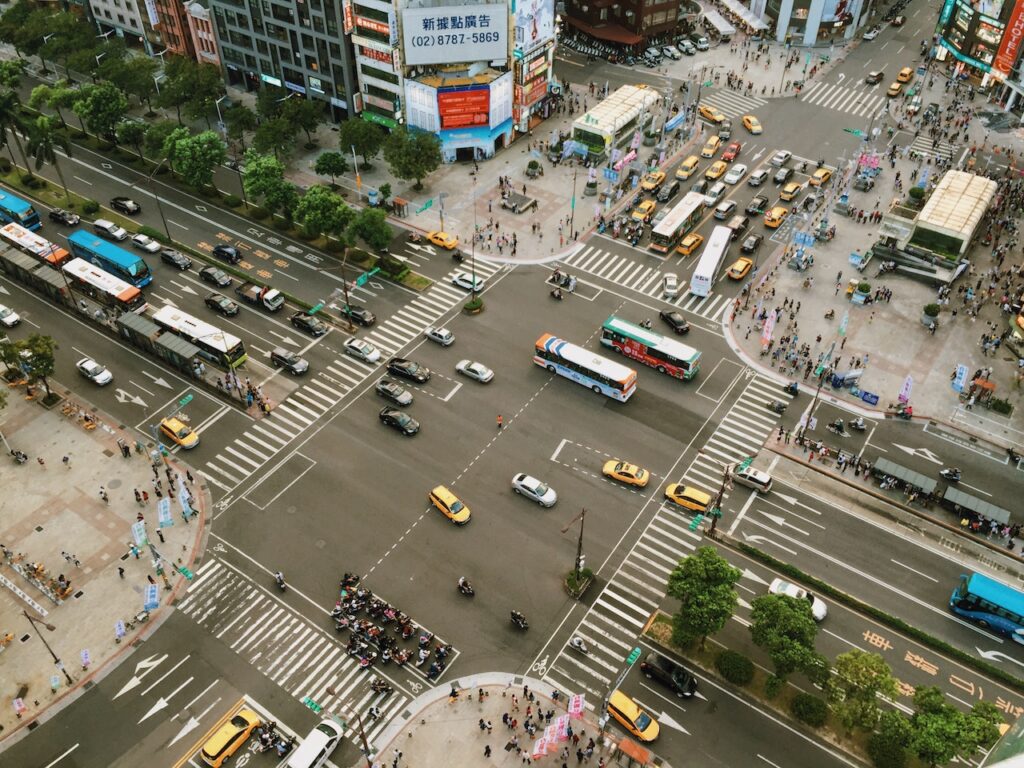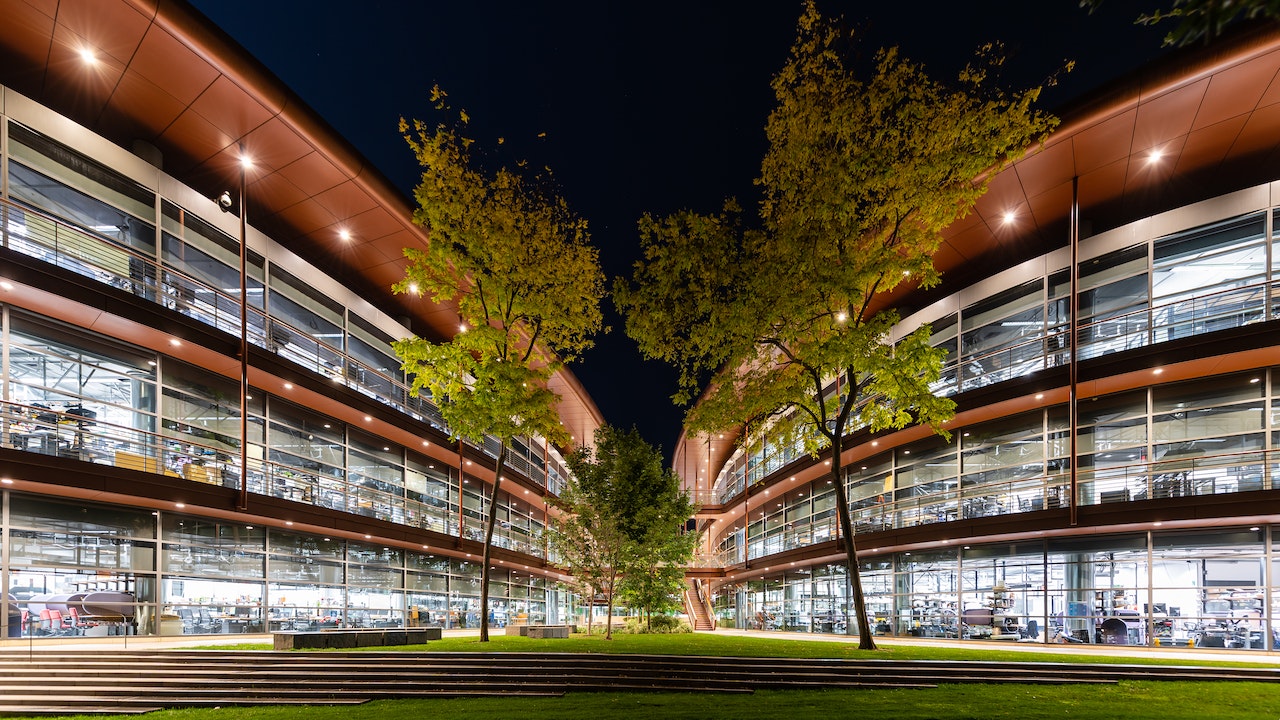Smart city design is revolutionizing urban living, enhancing efficiency, sustainability, and the quality of life for residents.
Smart cities have emerged as a response to the challenges posed by rapid urbanization and the need for sustainable development. By integrating cutting-edge technologies, data analytics, and intelligent infrastructure, smart city design aims to create urban environments that are interconnected, efficient, and livable.

Enhancing Urban Mobility :
A smartly designed city prioritizes intelligent transportation systems to improve mobility, reduce congestion, and enhance public transportation.
Integrating advanced technologies, such as real-time traffic monitoring, smart parking systems, and intelligent transportation networks, smart cities optimize the movement of people and vehicles. This not only reduces traffic congestion but also lowers carbon emissions, making urban transportation more sustainable.
Energy Efficiency and Sustainability:
Smart city design focuses on leveraging renewable energy sources, energy-efficient buildings, and smart grids to promote sustainability.
By adopting renewable energy sources like solar and wind power, smart cities reduce reliance on fossil fuels, mitigating the environmental impact of energy consumption. Additionally, smart grids enable better energy management, optimizing distribution and reducing wastage.
Data-Driven Decision Making :
Smart city design utilizes data analytics and IoT sensors to enable informed decision-making and efficient resource allocation.
With sensors and devices gathering real-time data, city administrators can analyze information on energy consumption, waste management, and resource allocation. This data-driven approach helps identify areas for improvement, optimize service delivery, and enhance urban planning processes.
Enhancing Quality of Life :
Smart city design aims to improve the quality of life for residents by integrating technology into various aspects of daily living.
From smart homes with automated systems to connected healthcare services, smart cities leverage technology to enhance comfort, convenience, and safety. Smart street lighting, video surveillance, and emergency response systems contribute to a safer urban environment.

Citizen Engagement and Participation :
Smart city design fosters citizen engagement through digital platforms, encouraging participation and collaboration in decision-making processes.
Online platforms, mobile apps, and social media enable residents to provide feedback, report issues, and actively participate in shaping their urban environment. This inclusive approach enhances transparency, accountability, and community involvement in governance.
Also read – https://archisquad.in/10-outstanding-architecture-thesis-on-social-issues/
Sustainable Infrastructure Development :
Smart city design focuses on developing resilient and sustainable infrastructure to withstand future challenges and improve disaster preparedness.
From smart waste management systems to green buildings, smart cities prioritize infrastructure that reduces environmental impact while enhancing efficiency and safety. This ensures long-term sustainability and resilience in the face of climate change and other potential disruptions.
Smart city design holds immense potential for creating urban environments that are sustainable, efficient, and livable for all.
Smart city initiatives continue to evolve, offering innovative solutions to the complex challenges faced by rapidly growing urban areas. By embracing technology, data-driven decision making, and citizen participation, smart cities pave the way for a brighter future, where urban living becomes more sustainable and enjoyable for all.

